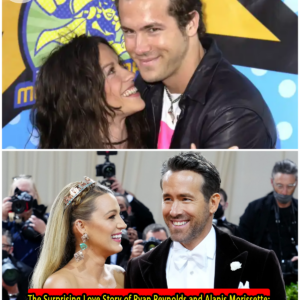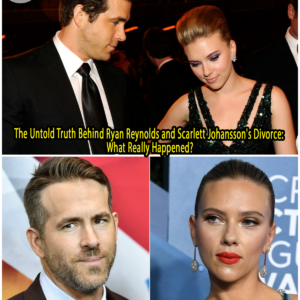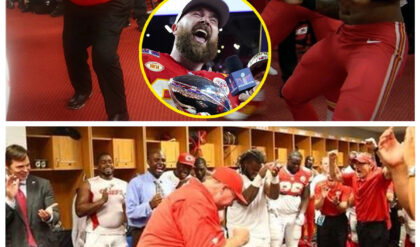The Marvel Cinematic Universe (MCU) has been home to some of the most iconic moments in superhero cinema. Yet, despite its immense success, there have been numerous missed opportunities to translate some of the most powerful and memorable scenes from the comics to the big screen. One such moment that could have sent shockwaves through the MCU was when Tony Stark, better known as Iron Man, lifted Thor’s enchanted hammer, Mjölnir. This scene, ripped straight from the pages of Thor (2020), Issue #7, was not just a display of Tony’s strength or worthiness, but a pivotal reminder of the true nature of Thor, the God of Thunder.
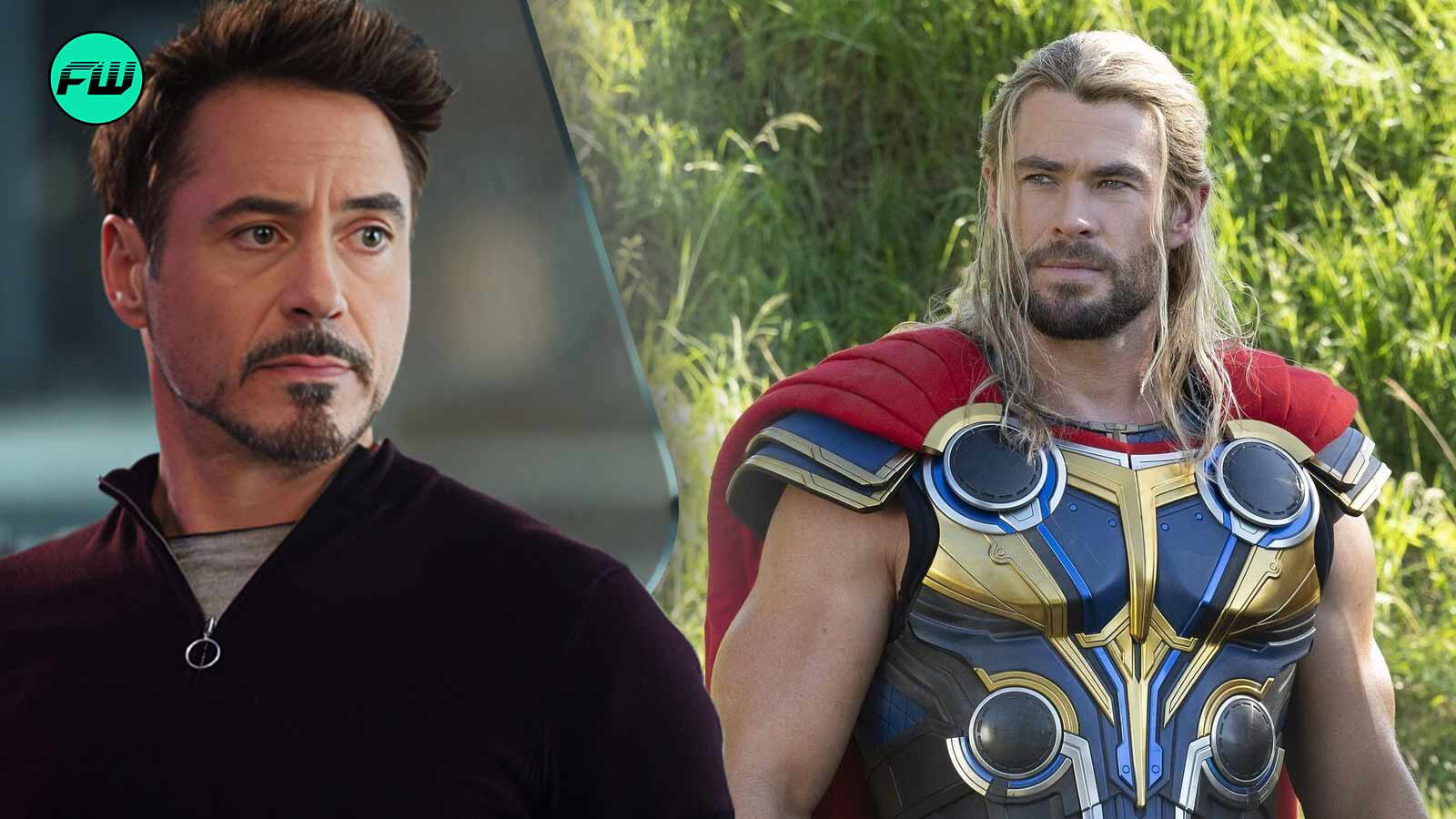
In the world of Marvel Comics, Mjölnir is not just a weapon; it’s a symbol of divine power and the weight of responsibility. The hammer, inscribed with the words “Whosoever holds this hammer, if they be worthy, shall possess the power of Thor,” is more than metal—it’s a measure of a being’s worthiness. Over the years, several characters have lifted Mjölnir, each momentous and loaded with significance. However, the scene in Thor (2020) was different. It wasn’t about worthiness; it was about power, identity, and a god reminding a mortal of his place in the universe.
In the comic, Thor, now the All-Father of Asgard, sends Mjölnir to Midgard (Earth) as part of an experiment. He summons Tony Stark to the crash site, a location with deep history—the very place where Iron Man once fought Thor in a brutal battle. Stark, ever the curious genius, picks up Mjölnir, a feat that shocks him but doesn’t surprise the reader. After all, the enchantment on the hammer had been acting erratically, allowing even ordinary mortals to lift it. What follows is a scene that could have been one of the most iconic in MCU history had it been adapted for the big screen.
Upon lifting Mjölnir, Tony Stark, in true Stark fashion, decides to test its power, striking Thor across the face with the hammer. In that moment, the God of Thunder remains unfazed, his stoic demeanor unbroken. He looks at Stark and delivers a line so potent, it echoes the true essence of his character:
“Do not mistake wielding my hammer for wielding my power. Mjölnir or not, I am still a god. And you are a tin man in a lightning storm.”
This single line encapsulates everything that makes Thor a god. It’s a reminder that while Mjölnir is a powerful tool, it does not define Thor’s power. Thor is not a god because he wields the hammer; he wields the hammer because he is a god. The power that courses through him is divine, innate, and far beyond the understanding of mere mortals like Tony Stark.
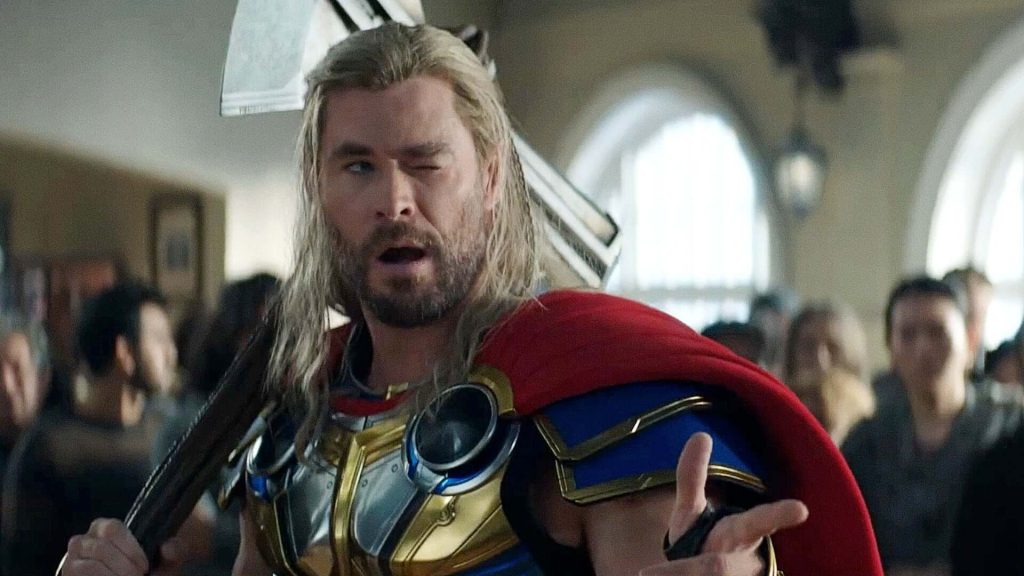
The MCU, however, missed the opportunity to bring this moment to life. Instead, it took a different route with Thor’s character, one that many fans feel has diluted his godliness over time. From the brash, arrogant prince in Thor (2011) to the comedic, sometimes bumbling hero of Thor: Ragnarok and Thor: Love and Thunder, the MCU’s version of Thor has shifted dramatically from his comic book counterpart. While this evolution has made Thor more relatable and certainly more humorous, it has also stripped away some of the gravitas that makes him a god among mortals.
Had the MCU included this scene—or even a version of it—it would have been a stark (no pun intended) reminder to the audience and the Avengers that Thor’s power does not lie in Mjölnir or Stormbreaker, but in his very being. It would have reaffirmed the terrifying reality that Thor, with or without his weapons, is still a god—capable of unleashing a wrath that no amount of technology or genius could withstand.
This missed opportunity also highlights a broader issue within the MCU: the reluctance to fully explore the rich and complex mythology surrounding Thor and Asgard. While Thor has had the most solo films of any MCU hero, there are still vast swathes of his story left untold. Characters like Balder the Brave, Angela, and Beta Ray Bill, who play significant roles in Thor’s life, remain absent from the MCU. Their stories, filled with drama, power struggles, and cosmic battles, are ripe for adaptation but have been overlooked in favor of more Earth-bound adventures.
The MCU’s tendency to ground its cosmic characters in more relatable, human experiences has been both a strength and a weakness. On one hand, it has made characters like Thor more accessible to a broad audience, allowing viewers to connect with them on a personal level. On the other hand, it has often come at the cost of diluting the grandeur and scale of their stories. Thor’s mythology is not just about gods and monsters; it’s about the very fabric of the universe, the forces that shape reality, and the beings who exist beyond time and space. By focusing too heavily on humor and relatability, the MCU risks losing the epic scope that makes Thor’s stories so compelling.

Moreover, the decision to retire characters like Steve Rogers (Captain America) and Tony Stark (Iron Man) has left a void in the MCU, one that could have been filled by exploring the depths of Thor’s mythology. With Thor potentially facing a similar retirement, the opportunity to delve into these untold stories is dwindling. Introducing other children of Odin, such as Balder, could provide Thor with a worthy successor, one who could carry the mantle into future phases of the MCU while preserving the grandeur of Asgardian lore.
Despite these missed opportunities, the MCU has still managed to create a version of Thor that resonates with audiences. Chris Hemsworth’s portrayal of the character has been nothing short of iconic, blending humor, vulnerability, and strength in a way that has made Thor a fan favorite. Yet, there’s a lingering sense that the MCU could have done more with the character—could have pushed the boundaries of his mythology further, could have shown the world what it truly means to be a god among men.
The scene where Tony Stark lifts Mjölnir and Thor delivers his chilling warning is a perfect example of this untapped potential. It’s a moment that could have added layers to both characters, deepening their relationship and highlighting the differences between a man of science and a god of thunder. It could have been a reminder that, no matter how advanced technology becomes, there are forces in the universe that it can never replicate or control.
In the end, the MCU’s version of Thor has been a wild ride, filled with highs and lows, laughter and tears. But as the franchise moves forward, it’s worth considering what could have been—and what still could be. The stories left untold, the characters left unintroduced, and the moments left unfilmed all represent missed opportunities to explore the full extent of Thor’s power and the rich tapestry of his mythology.
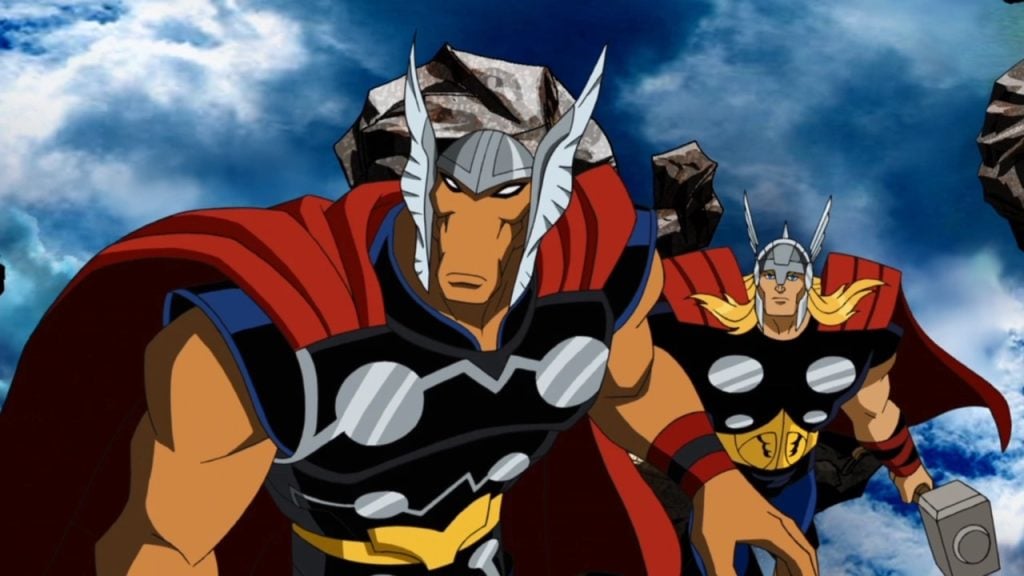
Perhaps one day, the MCU will revisit these stories, bringing to life the scenes that fans have longed to see on the big screen. Until then, we can only imagine what it would have been like to see Tony Stark, standing in the midst of a lightning storm, holding Mjölnir, only to realize that he is still just a man—while Thor, with or without his hammer, remains a god.
News
🏍 The Heartfelt Bond: Why Ryan Reynolds Rushes Home to Blake Lively
Where relationships often flicker like candle flames, the love story of Ryan Reynolds and Blake Lively stands as a beacon of unwavering affection and commitment. Recently, the couple celebrated their 12th wedding anniversary, a milestone that speaks volumes about their…
🚶💪 Ryan Reynolds Steps Up: The PR Battle to Restore Blake Lively’s Reputation
In the glitzy world of Hollywood, where fame and fortune can quickly turn to infamy, few stories capture the public’s attention quite like that of Blake Lively and her husband, Ryan Reynolds. Recently, the release of Lively’s latest film, It…
💢 Unraveling the Tension: Ryan Reynolds and James Earl Jones in “Finder’s Fee”
Marvel Studios’ Deadpool & Wolverine has taken the box office by storm, but amidst the superhero antics lies a hidden gem from the past that showcases the remarkable range of Ryan Reynolds and the legendary James Earl Jones. The film,…
💌 #SUPRISE The Surprising Love Story of Ryan Reynolds and Alanis Morissette: A Romance That Almost Was
In the world of celebrity relationships, few stories are as captivating as that of Ryan Reynolds and Alanis Morissette. Long before Reynolds became a household name as the charming anti-hero Deadpool, he was a young actor navigating the tumultuous waters…
🤔 The Untold Truth Behind Ryan Reynolds and Scarlett Johansson’s Divorce: What Really Happened?
Ryan Reynolds and Scarlett Johansson, two of Hollywood’s most beloved actors, captured the hearts of fans around the world with their charm, talent, and undeniable chemistry. However, their marriage, which began with much fanfare, ended in a split that left…
🚨¡IMPACTANTE REVELACIÓN! Alejo y Luisa Eliminados en el Capítulo 107 del Desafío 2024
El Desafío 2024 continúa sorprendiendo a sus seguidores con giros inesperados y eliminaciones que dejan a todos boquiabiertos. En el episodio más reciente, el capítulo 107, la noticia de la eliminación de Alejo y Luisa ha causado un gran revuelo….
End of content
No more pages to load



